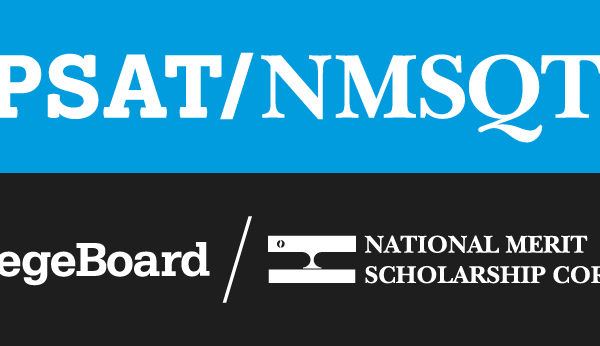The 2019 PSAT scores have been made available online. The score report will include your scores for each section (Math and Evidence-Based Reading and Writing) out of 760 and your final score out of 1520.
Even though the PSAT and SAT have different total scores (1520 and 1600, respectively) they are “vertically aligned.” This means that the PSAT score you get is equivalent to the SAT score you’d receive if you took the SAT the same day (e.g. a 1350 on the PSAT supposedly aligns with a 1350 on the SAT). The College Board wants to account for the fact that the SAT includes some slightly more advanced concepts.
However, the PSAT is so much more useful than just predicting your SAT score — it can help you assess your academic progress and make plans for the future. We will be hosting a Galin Chat discussing testing timelines on January 8, but in the meantime, we’ve provided a few thoughts below about how to interpret your PSAT results and get started on your next steps.
Sophomores
First, congratulations on being extremely proactive! You now have a preview of what the SAT (and even parts of the ACT) will feel like.
You should use your score report to identify any academic areas that might need attention as you finish out your sophomore year. Investigate your score report to determine the topics in which you missed the most questions. For example, you might have done quite well on algebra questions but need some work on data analysis questions. You can also review the difficulty of the questions you missed (how you did on easy, medium, and hard questions) to assess where you may need to just refresh on some concepts and where you may need to totally relearn content. Do you just need to quickly review subject-verb agreement rules or is that something that you might need to relearn from the ground up? The PSAT score report online provides some general guidance as well with “Skills Insight” reports that explain where you need to improve according to their College Readiness Benchmarks.
In the spring, you should plan on taking a full-length diagnostic ACT to help you assess whether the SAT or ACT is a more appropriate test for you. You can use your PSAT results as a stand-in for the SAT.
Juniors
For many juniors, the purpose of the PSAT is no different than for sophomores: to practice for standardized testing and help determine whether they are better suited for the ACT or SAT. However, juniors should treat the PSAT results with more urgency than sophomores.
As soon as you get your results, you should use them to begin creating a testing plan. Choosing between the SAT and ACT is a nuanced process, but the PSAT results can help. If your PSAT scores are nowhere near the SAT scores required at your schools of interest, you should try an ACT as soon as possible. If neither measure up, you will need to plan on doing significant test prep. To finish up test prep by the time junior year is over, you should start ASAP.
For more information on understanding your PSAT score (and a very helpful video) check out the College Board’s website by clicking here.
National Merit
Every year, the highest scoring juniors taking the PSAT in each state are selected to be considered for National Merit. Sophomores can’t qualify for National Merit, but they can take the test for practice.
National Merit consideration is based on a student’s Selection Index score, which can be found on PSAT score report. The highest possible Selection Index score is 240 and the lowest is 60. The scholarship competition begins with the student’s PSAT score, but it then incorporates GPA and other qualifications as students advance from semifinalist to finalist to scholarship recipient. The scholarship recipients may receive some money to be used towards their tuition and may also receive separate scholarship offers from colleges based on their standing as a National Merit Scholar. Below, you can see the different distinctions given by the PSAT:
Commended Student: About 34,000 students will be recognized as “Commended Students.” The commended cut-off is nation-wide and does not vary by state.
Semifinalist: 16,000 Semifinalists continue on in the scholarship competition. To become a Semifinalist, a student must achieve a score at or above the state cut off. These numbers vary by state and are released in the Fall of the year following the PSAT. For the class of 2020, the Wisconsin state Selection Index cut-off for National Merit consideration was 216. New York’s state Selection Index cut-off was 221.
Finalist: About 95% of Semifinalists will be named Finalists. To achieve Finalist status, Semifinalists will take another standardized test (either an official SAT or ACT) to confirm their PSAT score, submit an academic transcript, and complete an application. The scholarship committee is looking for a competitive GPA and evidence that the student has challenged herself with coursework.
Scholar: From the finalist pool of roughly 15,000 students, about half will be named National Merit Scholars and receive a scholarship.Therefore, students who are scoring in the upper percentiles on their sophomore PSAT would be wise to spend time preparing for the junior PSAT in order to be considered for National Merit — prep that Galin Education can provide.




